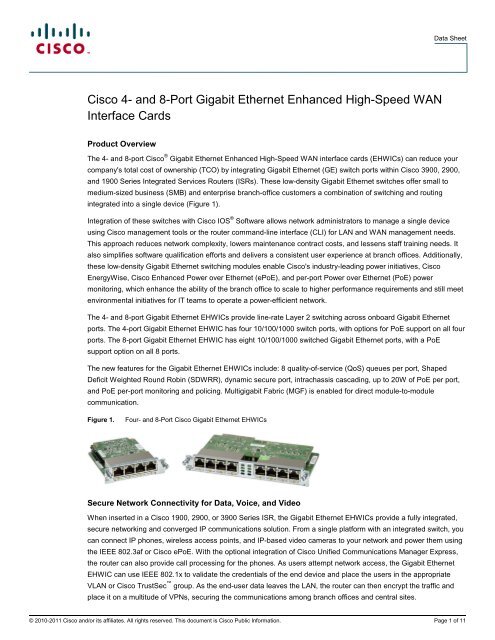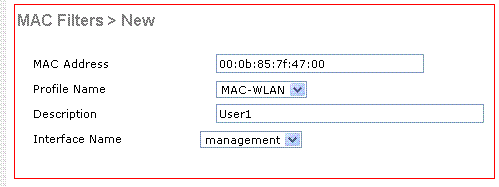


One of the most Important parameters in the BPDU is the Bridge ID.Ī bridge ID is used for root bridge, Designated port elections. And the last 4 parameters, determine how often the BPDUs are sent, for how long the info is retained and when to declare a root as not functioning. the second 4 parameters define the root and the cost to the root. The STP protocol uses BPDUs to exchange protocol related information.īPDUs are frames exchanged between bridges/switches that include information that helps in deciding the Root bridge and the role of each switch port.Īs we can see from the figure, the BPDU consists of many parameters, the first 4 parameters Identify the STP version, type and status. Simply, the spanning tree protocol is a protocol that helps eliminate loops from our network and allowing for link redundancy without loop problems. The other G/L parameter basically means that this MAC address could be Globally administered ( Assigned to the NIC by the vendor) or Locally administered (Assigned to the device by the network administrator, which overrides the original values).īefore defining what is a BPDU, lets is first define what is the Spanning Tree Protocol (STP). The I/G field means that this mac address could be for an Individual or for a Group, this means that it could be a unicast (for a single machine) or a (multi-cast/broadcast) for more than one machine.

Within those first three bytes you will find tow bits the I/G and the G/L that could be assigned either 1 or 0. So you could copy the first three bytes and search into a database of vendors and for sure you will find your guy. MAC addresses are 48 bits or 6 bytes.Īs we can see from the figure, the first three bytes are assigned by the IEEE and they define the vendor. MAC addresses are unique, they are burned into the network interface cards (Stored in the Network interface card hardware, for example: ROM). Medium Access Control Adress (MAC address):īasically, A MAC address is a unique Identifier that is assigned to Network Interface Cards for communication on the network segment. So let’s start of by defining each one of these abbreviations. Sometimes these abbreviations mix them into a cocktail in my head, so Today I thought of re-visiting some of these abbreviations and concepts that I consider fairly important if you are considering to understand switching. As a network engineer you must have skimmed through millions of acronyms and abbreviations like MAC, IP, FTP, ….


 0 kommentar(er)
0 kommentar(er)
